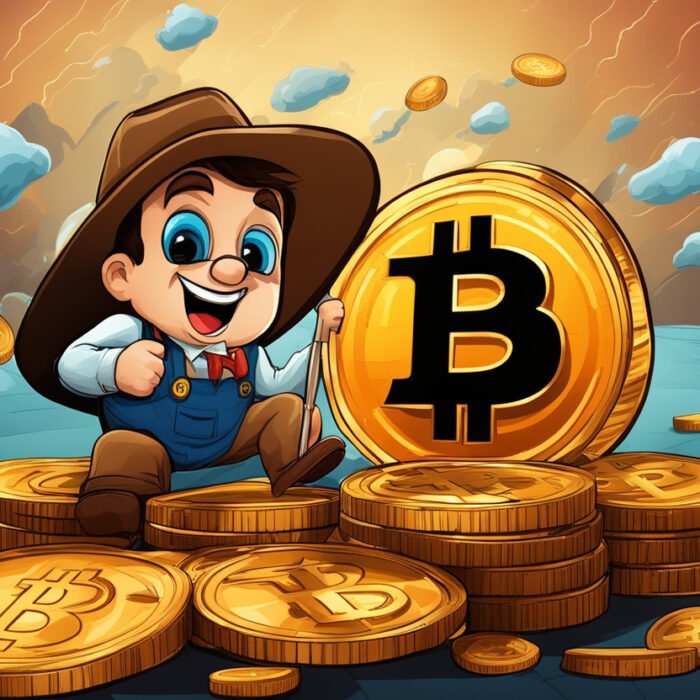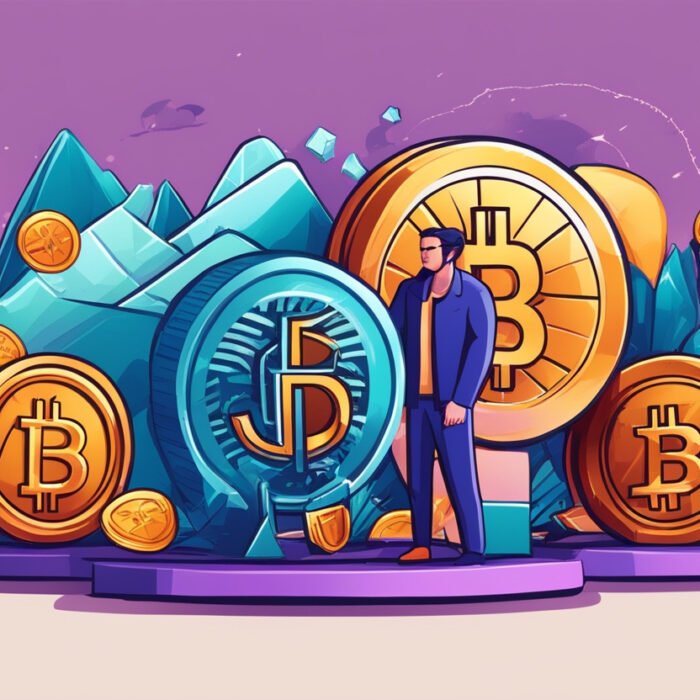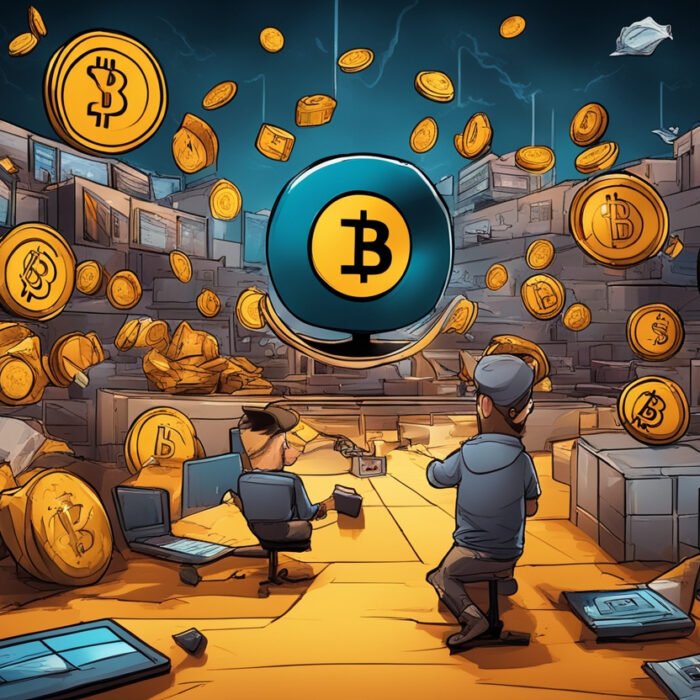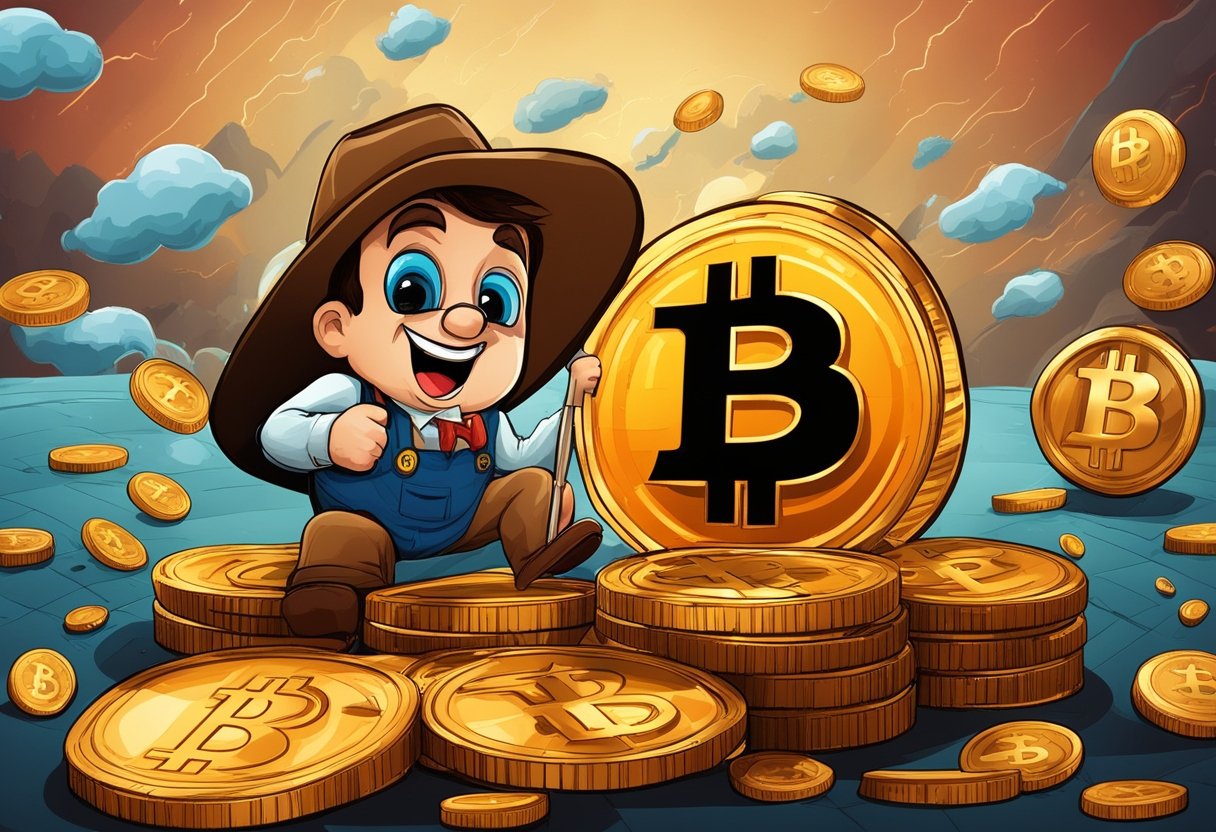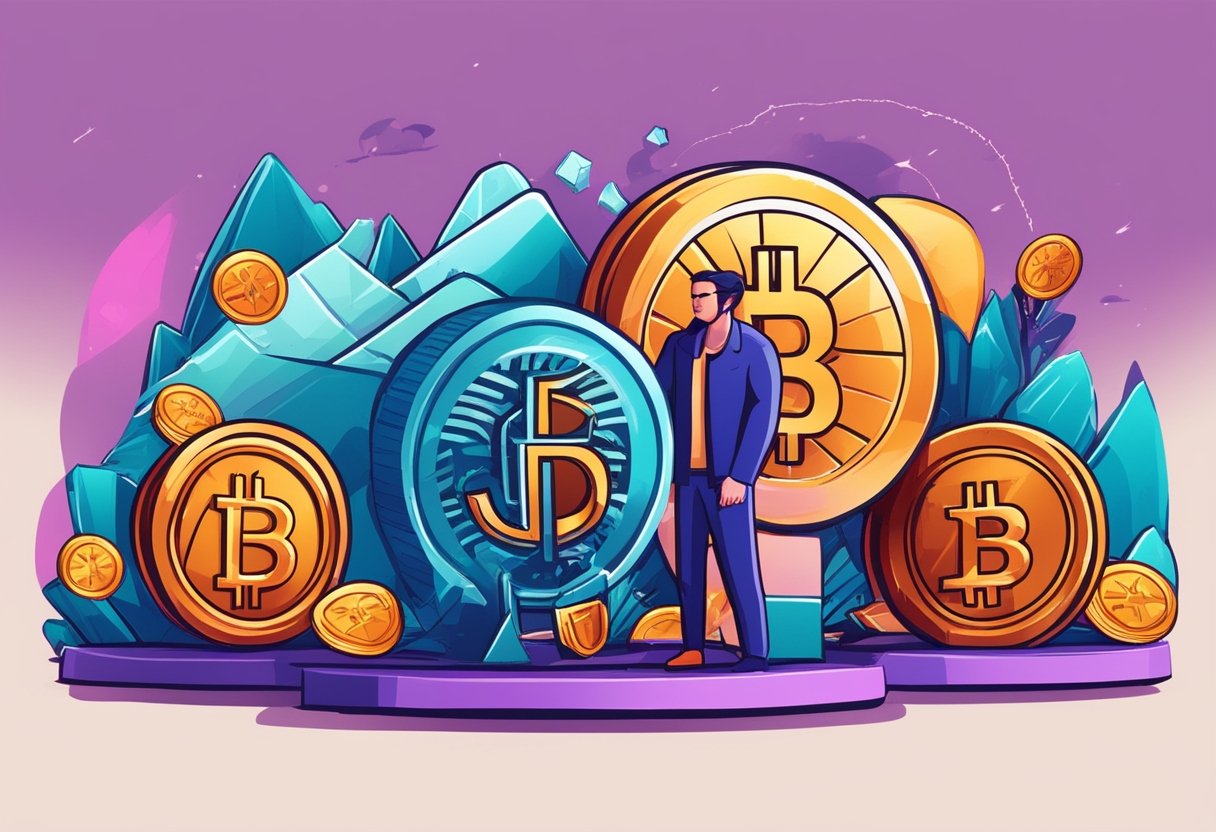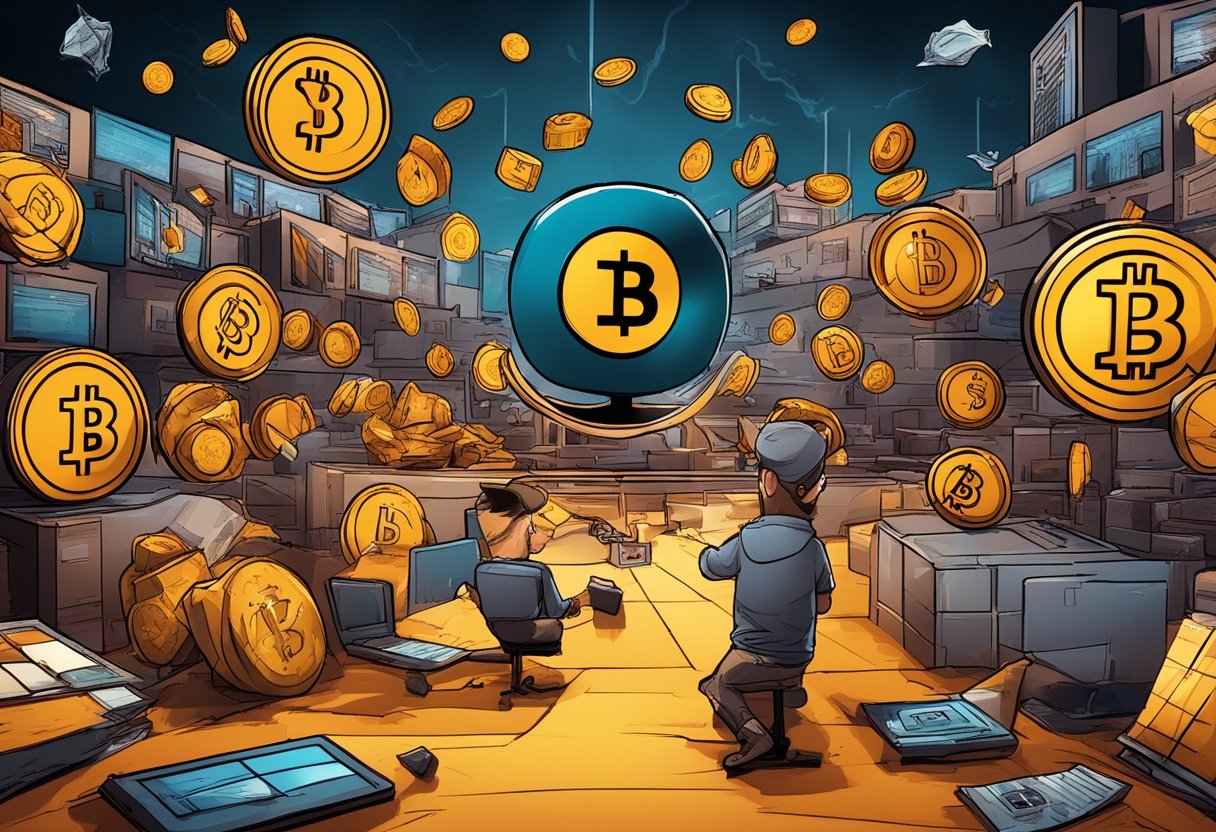Bitcoin has been a major game changer for the blockchain and cryptocurrency industry.
Once considered a niche technology, blockchain has expanded its reach into various sectors, from finance to supply chain management.
While Ethereum stepped in as a pioneer in smart contracts—laying the groundwork for decentralized applications (dApps), it struggled with scalability challenges.
Looking at Ethereum’s limitations, a new breed of blockchains emerged, aiming to surpass its capabilities.
Among these contenders, Solana and Cardano have made quite a name for themselves—as platforms revolutionizing the blockchain industry via innovative approaches.
However, while they share a common objective of outperforming Ethereum, Solana and Cardano are very different in their strategies, strengths, and weaknesses.
In this read, we’ll examine the Solana vs Cardano debate using a comprehensive comparison of the core features, performance metrics, and market dynamics of these two blockchain giants.
What is Solana?
Solana is a high-performance blockchain that gained traction because of its innovative consensus mechanism dubbed Proof-of-History (PoH).
Unlike traditional blockchains that rely on timestamps, PoH introduces a verifiable clock, enabling Solana to process transactions with unprecedented speed.
The architecture helped Solana become a potential game-changer in the blockchain industry.
Built as an upgrade to Ethereum in all regards, Solana’s network is immensely scalable—engineered to handle a gigantic number of transactions—something that’s been missing in other blockchains. The speed and efficiency Solana offers have made it a hot choice for both developers and investors.
To fuel its growth, Solana has also built strategic alliances with major industry leaders, including tech giants and financial institutions. The network has also collected substantial investments from venture capital firms, providing it with the financial resources necessary to accelerate development and expansion.
Understanding Cardano
Cardano stands out in the blockchain industry due to its distinguished systematic approach to development.
So, unlike its more fast-paced competitors, Cardano relies on rigorous research and peer review to become one of the most secure and stable platforms currently available.
Cardano is built upon the Ouroboros consensus algorithm, a proof-of-stake mechanism designed to distribute power evenly among network participants.
By utilizing the energy-intensive proof-of-work model, Cardano is deemed an environmentally friendly and sustainable alternative.
Moreover, Cardano has been successful in creating a truly distributed network where no single entity holds undue influence. By developing a vast network of stake pool operators, Cardano diligently disperses power and decision-making across a wide range of participants—building trust among its investors.
Solana vs Cardano: Head-to-Head Comparison
Scalability and Performance
One of the major determinants of a blockchain’s success is its ability to handle a high volume of transactions without compromising speed. Solana has made quite a name for itself in this regard because of its priority to scalability and performance.
Its architecture, blended with the innovative Proof-of-History consensus mechanism, allows Solana to process thousands of transactions per second at a lightning-fast speed.
On the other hand, Cardano has adopted a more deliberate approach to scaling. While it offers a strong foundation, the transaction throughput of Cardano is notably lower than Solana’s.
The slower pace is a conscious trade-off for Cardano for people who prioritize security and decentralization over raw speed. However, the network is undergoing continuous development to enhance its scalability without compromising its core principles.
Consensus Mechanisms
The consensus mechanism is the heart of any blockchain system—being the protocol that ensures agreement among network participants. Now, Solana employs a hybrid approach, combining Proof-of-History with Proof-of-Stake.
Proof-of-history introduces a verifiable clock, providing a precise timestamp for transactions, while Proof-of-Stake secures the network through staking. This combination helps Solana optimize speed and security.
Cardano, on the other hand, relies exclusively on Proof-of-Stake. By staking their ADA tokens, users contribute to network security and earn rewards. This mechanism is known for its energy efficiency and decentralization. However, it can lead to longer block times compared to systems that incorporate additional consensus layers.
Decentralization
Decentralization is the foundation of any blockchain network in modern times. Now, Cardano has an extensive network of validators that ensures no single entity wields excessive control. As a result of this distributed governance model, Cardano is trusted for its security in the blockchain ecosystem.
While Solana is notable for deploying decentralization, it has faced criticism in the past over some aspects of its operations. However, the network has actively worked to expand its validator set and improve token distribution—yet it’s still behind Solana.
Development
The versatility of a blockchain ecosystem is largely determined by its developer community. Cardano’s focus on research and development has enabled it to create a very strong following among those who prioritize academic rigor. The use of Haskell, a functional programming language, attracts developers who prioritize formal verification. This approach has enabled Cardano to have a strong community backing it up, but it does have a steeper learning curve that might exclude a large group.
Solana, on the other hand, has adopted a more pragmatic approach. By utilizing Rust, a widely used programming language, Solana has lowered the barrier to entry for developers, making it very accessible to people who want to work under decentralized applications (dApps) and decentralized finance (DeFi) protocols.
Ecosystem
Both platforms have created strategic partnerships to strengthen their ecosystems. Cardano has collaborated with research institutions and government bodies to enable long-term growth after setting a strong foundation. Solana, conversely, has created alliances with venture capital firms and technology companies to accelerate development and adoption.
Tokenomics and Economics
Cardano’s ADA token serves as the lifeblood of the network, used for transaction fees, staking, and governance. Their tokenomics model is designed to encourage long-term holding with a focus on sustainability.
Meanwhile, Solana’s SOL token plays a similar role, but their token distribution and economics have faced scrutiny. While the network has taken steps to address initial concerns, the token’s value proposition remains a subject of debate among crypto lovers.
Moreover, staking rewards are a key feature of both platforms, incentivizing users to hold onto their tokens and contribute to network security. However, the specific mechanics and reward structures are very different between the two networks. On top of that, inflation rates and supply dynamics influence the overall economic health of each cryptocurrency.
Investment Perspective
The Solana vs Cardano debate extends to the investment perspective, and both giants have drawn the attention of countless investors in the crypto market. However, making an informed investment decision requires a keen eye for potential rewards and risks.
Historically, SOL has shown greater price volatility, experiencing meteoric rises and sharp declines. ADA, on the other hand, has shown a more gradual upward trajectory. Moreover, Solana’s larger market cap reflects its higher valuation, while trading volume demonstrates market liquidity and investor interest.
As far as risk goes, both Solana and Cardano operate in a young industry that’s subject to regulatory changes, market fluctuations, and technological challenges. It’s crucial to conduct thorough due diligence before allocating capital.
When deciding between ADA and SOL, investors should consider several factors, especially investment goals. So, those seeking rapid growth and high-risk, high-reward opportunities might lean towards Solana. Meanwhile, investors prioritizing long-term stability and a research-driven approach may find Cardano more appealing.
Ultimately, diversification within an extensive investment portfolio can help mitigate risks associated with the cryptocurrency market.
Conclusion
Solana prioritizes speed and scalability, but it does come with a history of network instability and centralization concerns.
Cardano, on the other hand, has built a reputation for security and decentralization through its careful research-driven approach at the cost of slower transaction speeds.
So, the choice between Solana and Cardano ultimately depends on your investment goals and risk tolerance.
Those seeking rapid growth and high-performance applications may find Solana appealing, while investors prioritizing long-term stability and decentralization lean towards Cardano.
Yet, the blockchain space is still in its infancy, and the full potential of these platforms is yet to be realized. We’d recommend you to follow CryptoPie very closely for more such debates and learn more about crypto trading from the best.
Frequently Asked Questions
Which is faster, Solana vs Cardano?
Solana is faster than Cardano when it comes to transaction speed. Solana’s unique Proof-of-History (PoH) consensus mechanism allows it to handle thousands of transactions per second, while Cardano’s throughput is comparatively lower.
Which is more decentralized, Solana vs Cardano?
Cardano is generally considered more decentralized than Solana. This is due to its larger number of validators and more distributed token distribution. However, Solana has improved its decentralization in recent years.
Are Solana and Cardano good investments?
Investing in cryptocurrencies, including Solana and Cardano, carries inherent risks. Both platforms have shown significant price volatility. Before investing, you should conduct thorough research and consider factors like market trends, project development, and your risk tolerance.
What are the main differences between Solana and Cardano?
Solana and Cardano differ primarily in their approach to scalability, consensus mechanisms, and development focus. Solana prioritizes speed and performance, while Cardano focuses on decentralization and security. Solana uses a combination of Proof-of-History and Proof-of-Stake, while Cardano relies solely on Proof-of-Stake.
Can I use Solana and Cardano for smart contracts?
Yes, both Solana and Cardano support smart contracts. This functionality enables the creation of decentralized applications (dApps) on their respective platforms. However, the development experience and ecosystem for smart contracts differ between the two.



